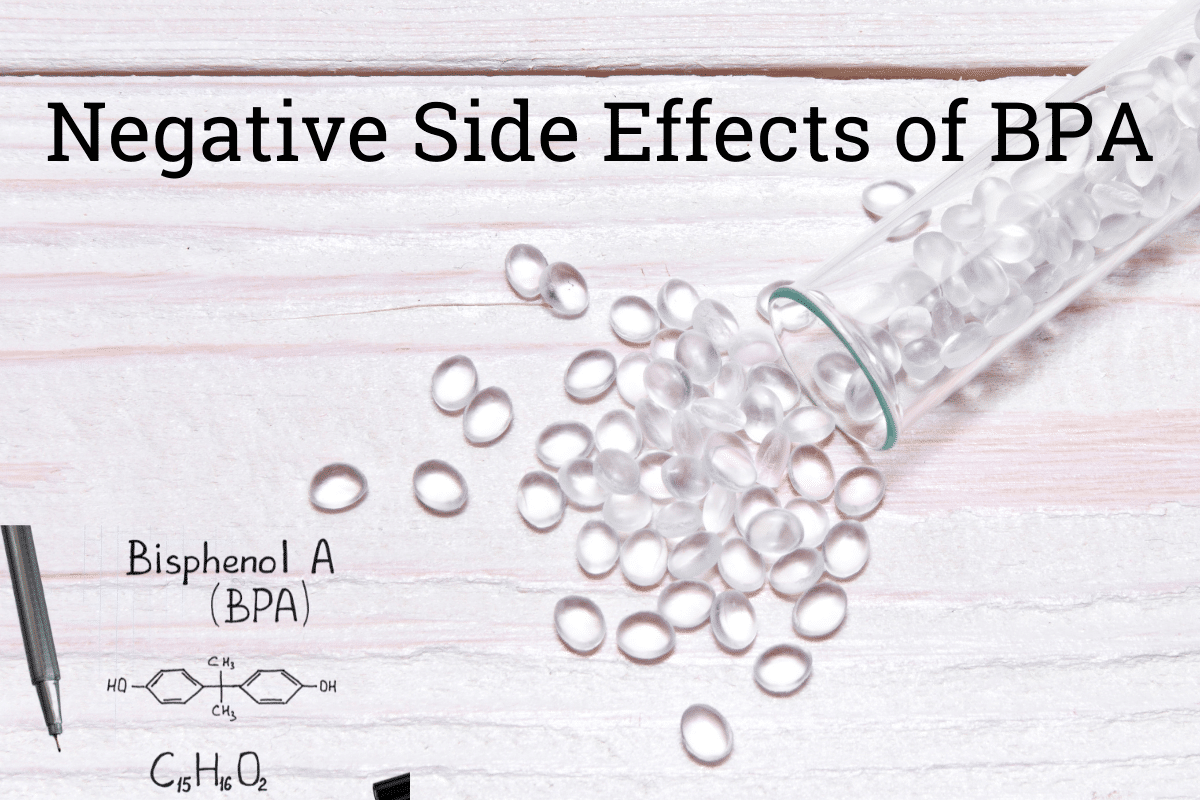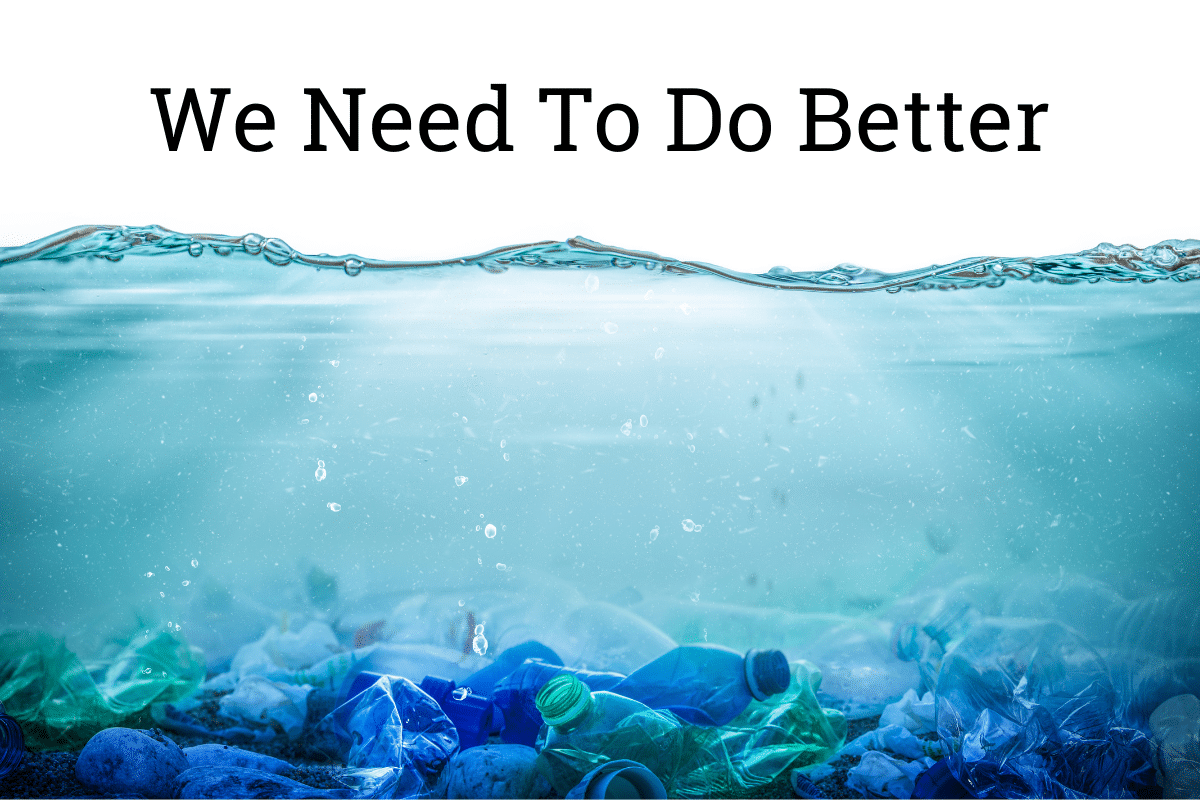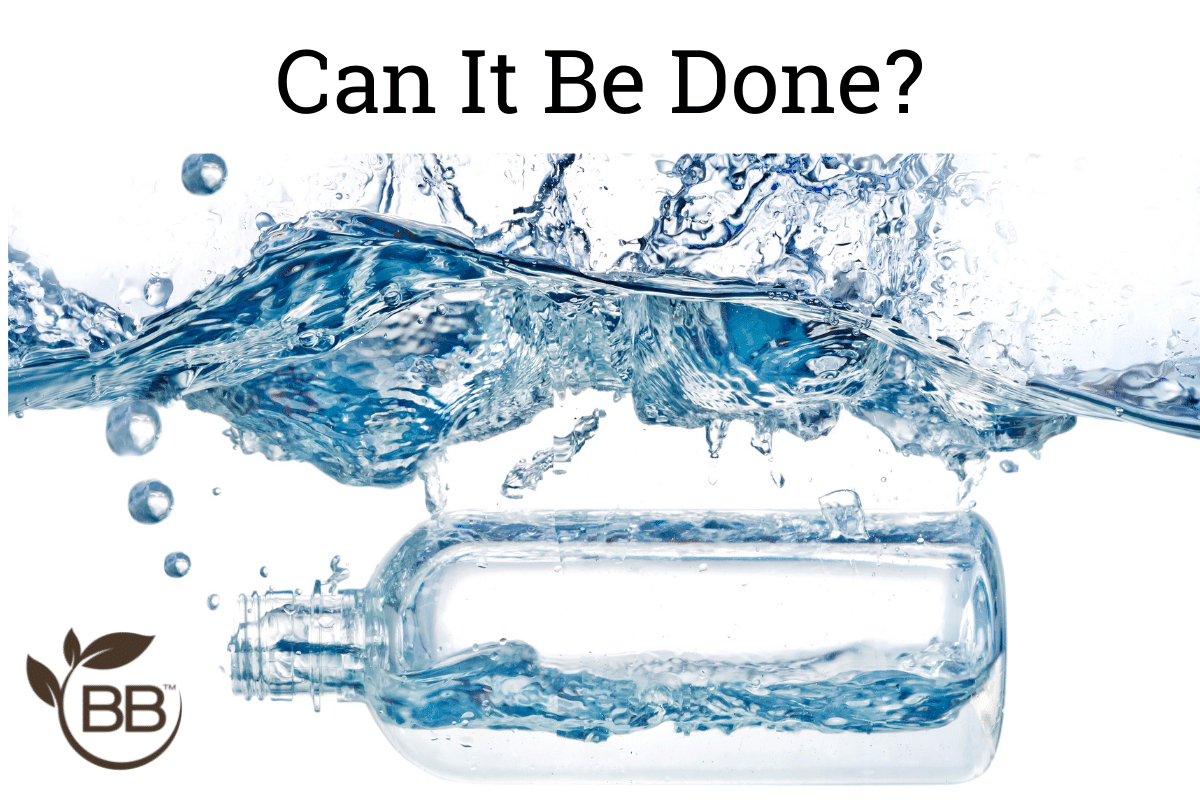BPA is a common acronym thrown around in the world of plastic production. BPA has also become a common talking point for people in recent years, particularly in discussing the negative impacts it has on our health. Who knew this three-letter word could cause so much trouble? BPA is scientifically known as Bisphenol A, which is a chemical compound used in the plastic production process. BPA can be found in plastic bottles, food containers, paper products, canned foods, and more. The reason BPA has been sliding under the radar in terms of health impacts is due to a disconnect between what research studies and government agencies tell us.
BPA was first synthesized in 1891 by a Russian chemist named Aleksandr Dianin. However, in its genesis, BPA was considered useful as a synthetic version of the hormone estrogen but was precluded by an artificial estrogen called DES instead. So by the mid-1900s, we started using BPA for manufacturing plastics and resins due to the durability BPA added. Also, since plastic production in this manner was cheap, commercial use became widespread rapidly. Many are still exposed to toxic levels of BPA despite the evidence of its harmfulness to us. BPA is still quite common despite efforts in many countries to reduce BPA use to address health concerns. One of the biggest culprits is water bottles, especially disposable plastic water bottles.
How does BPA get into your body?
For the average person, BPA exposure happens via diet. Because BPA is present in food and drink containers, BPA leaches into the foods and drinks themselves over time and then gets into our bodies when we eat and drink. There is even potential for BPA to leak into water supplies via pipe materials. The biggest factor determining the extent of BPA leaching depends on the temperature and age of the container. Time and heat break down BPA. This means if you are a fan of microwaving your food in plastic containers, make sure they are BPA-free. BPA can also get into your body via procedures done with BPA-contained tools such as dental and surgical equipment. Even babies are not safe since mothers can pass BPA to newborns via breast milk.
What does BPA do to your body?
There are many ways BPA affects your health. It has been linked to numerous issues such as reproductive, neurological, immunity, and cardiovascular problems to name a few. Other problems associated with this toxic chemical are diabetes, asthma, and Alzheimer’s. More research is needed to substantially link BPA to some of these problems, but the evidence is starting to pile up as more research is conducted.
A major reason people are concerned about BPA is that it is soluble. This means the bonds BPA has to plastic will break when liquid and/or heat are introduced. When this happens the chemical can seep into your food and drinks. It is important to understand the potential effects BPA has on your health so you can see the importance of finding BPA-free bottles and containers. Yes, BPA makes plastic strong, but at what cost? Alternatives to BPA plastic are being created every day. An example of a ground-breaking biodegradable plastic that works to have as little BPA as possible while still being durable can be found here.
Toxic Side Effects of BPA
Infertility
One of the scariest effects BPA has on the body is its role in infertility. It is virtually impossible to avoid to some extent since it is in most packaging and is also an environmental contaminant. It is capable of mimicking estrogen. Once it enters a woman’s body, it can block or change the natural hormonal behavior. This change in hormonal behavior can impact the quality of eggs a woman produces. Men fare no better, as the compound has been shown to perpetuate sperm dysfunction. Men have also been seen to have problems with sex drive, erectile dysfunction, and ejaculation issues in some studies.
Fetal Development
Fetuses require a specific environment to have a healthy gestation. This environment is fragile, and specific conditions have to be met. Expecting mothers have to follow many rules to ensure their baby comes out as healthy as possible. They have to watch what they eat and what they drink, and they must abstain from vices such as smoking and consuming alcohol. Mothers now may need to think about the packages their foods come in too.
As women come into contact with certain plastics, BPA can find its way into the body and wreak havoc on not just the mother, but the fetus as well. We know BPA mimics estrogen and can block natural hormone function, so just imagine what that does to the fetus. BPA contamination in utero can lead to several birth defects such as atrophy of the testes, feminization of male fetuses, enlarged prostate size, and sperm alteration in male fetuses to name a few.
Weight Problems
There is some evidence pointing to BPA as a contributor to obesity and other weight problems. This is mainly due to its ability to mimic hormones inside the body. This hormone behavior can do things like interfere with insulin and increase fat cell production. So if you’re trying to shed some unwanted pounds for beach season, avoid any food, drinks, or supplements in a plastic bottle.
Heart Problems
There is some evidence suggesting exposure to this chemical can cause a change in the heart’s natural rhythm. Granted this was found in rats, so more research needs to be done, but there have at least been confirming studies telling us there is a link between heart issues and exposure to this compound. Best to err on the side of caution and avoid BPA.
Diabetes
BPA has been shown to affect glucose metabolism. Since this chemical can mimic hormones, it is capable of creating insulin resistance. This directly affects your blood sugar levels. As a result, diabetes becomes a real threat. Add in the fact that many high fat and highly processed foods come in BPA-contaminated packaging, you have a recipe for disaster.
Brain Function
There seems to be a difference of opinion between the FDA and medical studies as to the safety of current Bisphenol A exposure levels permissible. The FDA tells us that exposure of less than 2.25mg/lb of body weight (5mg/kg) is safe. Furthermore, the FDA states there is not enough concrete data to support an all-out ban on the chemical compound. Many in the medical field disagree. There was a study conducted that concluded BPA in the body prevents the removal of chloride from the central nervous system and can even interfere with how the brain regulates genes.
Excessive chloride in the brain has been linked to diseases such as dementia and other cognitive disorders. BPA does not cause these diseases on its own, but its presence allows an increased likelihood for these diseases to develop. This means cutting out this chemical can reduce the risk of these diseases developing.
Places You Find This Chemical
BPA-free bottles are becoming very popular, but there are so many other places this chemical lurkes. You can find the compound in:
- Computers
- Electronics
- Canned foods
- Toys
- PVC pipes
- Medical devices
- CDs and DVDs
- Plastic food packaging
This is far from an exhaustive list. BPA can also be found in epoxy resins to coat the inside of cans to avoid corrosion.
Is BPA-Free Plastic The Solution?
Unfortunately, some BPA-free plastics are just as bad if not worse for you. One example would be Bisphenol S. Bisphenol S (BPS) is a common chemical compound used as an alternative to BPA. However, the estrogens released into the body from BPS are doing just as much damage to the hormonal system. To make matters worse, BPS and BPA can work together in the body to produce some significant damage to cells and genes. Some studies have found that a large percentage of Americans have both BPA and BPS in their urine.
Who Can You Trust?
The takeaway is that BPA-free plastic is not really solving the problem. Free of this material or not, plastic is creating real damage both in the body and to the environment at large. While there are many alternatives coming along for plastics, the chemical alternatives are not helping. This is why BioBottles creates real biodegradable plastic using a special proprietary technology called PlasticIQ Technology, which is injected into plastics when being molded. This creates a plastic as durable as ever but will be treated as a natural food by microorganisms once it is discarded. Call us biased, but if you’re going to use plastic, use one that is FDA and Food Grade Compliant, European Union compliant, and CFIA compliant.
What Can You Do?
To stay healthy, it is essential to try to limit your exposure to BPA. Here are a few things you can do each day to limit your contact with this harmful chemical.
- Cut down on plastic consumption. BPA-free or not, plastic is not only a health risk for you but detrimental to every ecosystem on the planet. It is made from petroleum, creates a massive carbon footprint to produce, and takes up to 450 years or more to degrade. Consider switching to glass or aluminum bottles when possible. Better yet, make the switch to BioBottles so you know the plastic will biodegrade.
- Stay away from processed foods. Make the switch to whole foods. Fresh produce, meats, and other real foods are far less packaged and processed than the snacks and convenience foods we tend to buy at the store. The fresher the food, the better. Avoid packaged and canned foods when possible to limit your BPA contact.
- Use BPA-free plastics if you use plastics. Yes, this will require you to do your research and look into the product and manufacturing to make sure what you are getting as a BPA alternative isn’t going to be as harmful or more harmful. In the long run this practice will keep you healthy though.
How do you reduce your plastic consumption? Every day is a new opportunity to take measures to put your health first and focus on making smart choices for your future and the future of this beautiful rock we call home.








